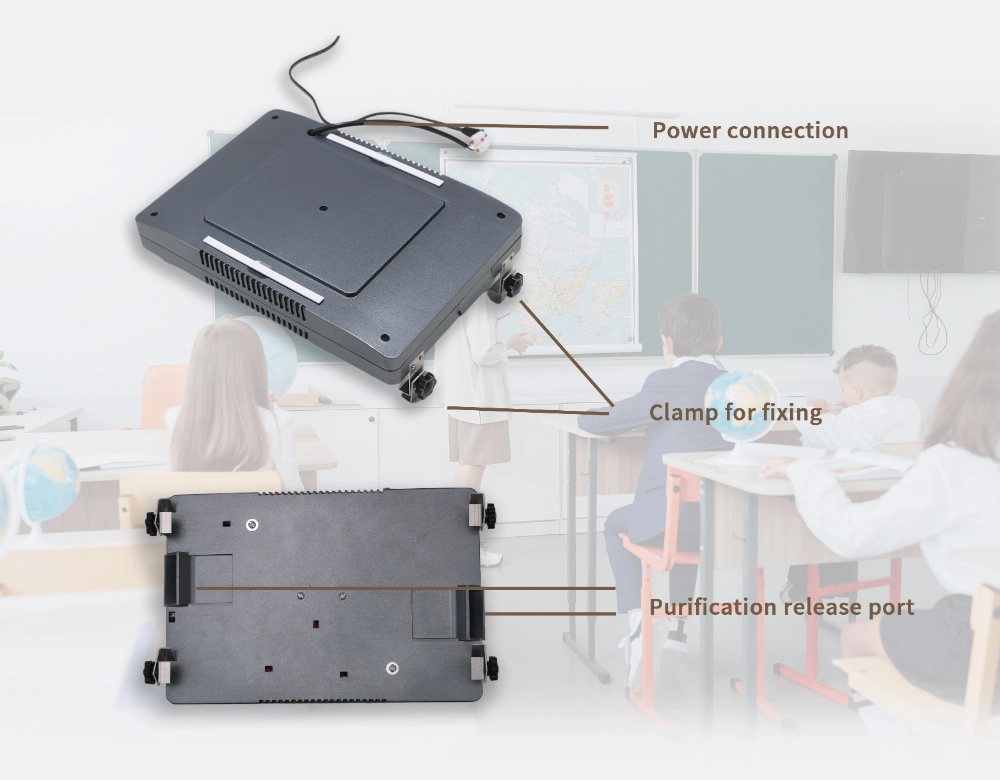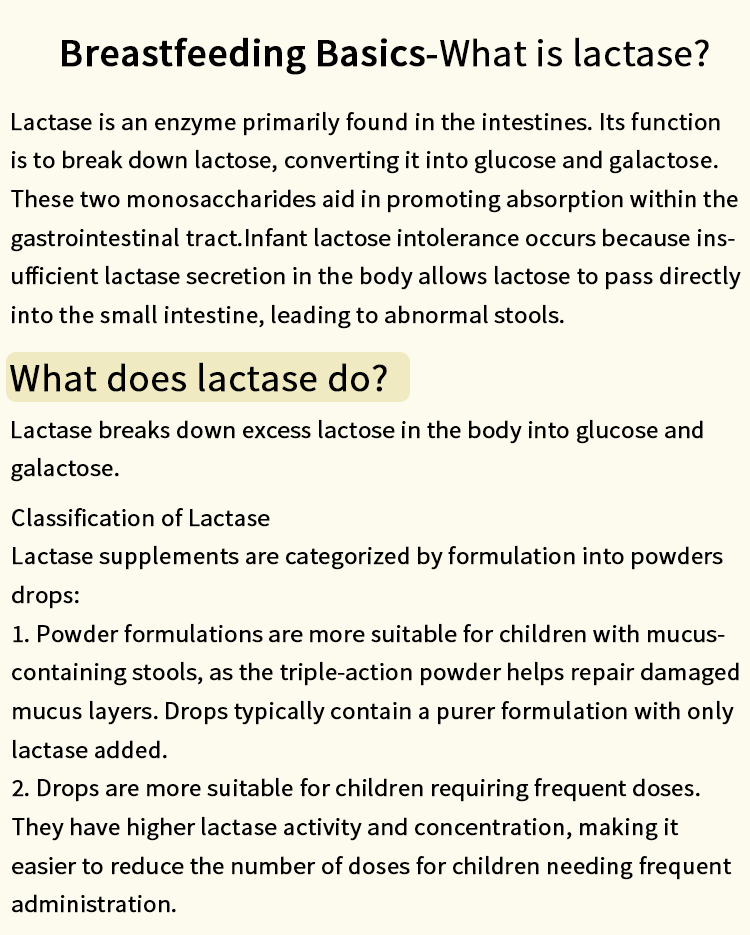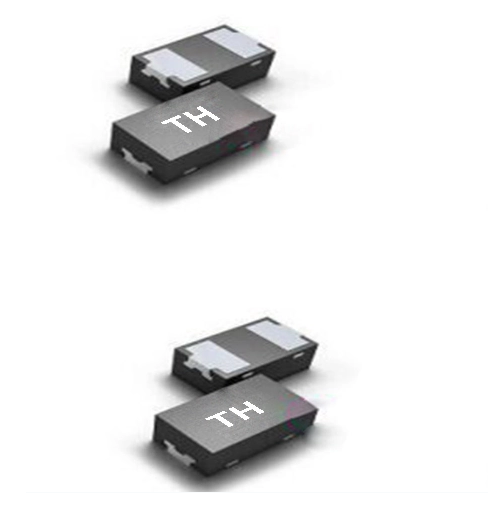Adjustable dumbbells have surged in popularity in recent years, particularly among fitness enthusiasts seeking versatility and convenience in their home workouts. While these innovative pieces of equipment offer numerous advantages, such as space-saving designs and cost-effectiveness, they are not without their drawbacks. In this article, we will delve into the negatives of adjustable dumbbells, providing a comprehensive overview that will help you make an informed decision before incorporating them into your fitness regimen.
- Durability Concerns
One of the primary issues associated with adjustable dumbbells is their durability. Unlike traditional fixed-weight dumbbells, which are typically made from solid materials, adjustable dumbbells often consist of multiple components that can wear out over time. The mechanisms that allow users to change weights can become loose or malfunction, leading to potential safety hazards during workouts. Users may find themselves needing to replace parts or even the entire set sooner than expected, which can negate the initial cost savings.
- Weight Adjustment Time
While the ability to quickly change weights is a significant selling point for adjustable dumbbells, the actual process can be time-consuming and disruptive to workout flow. Many users report that adjusting the weights takes longer than anticipated, particularly when switching between exercises that require different weights. This can lead to longer workout sessions and decreased intensity, which may hinder progress for those focused on maximizing efficiency.
- Limited Weight Range
Another downside to consider is the limited weight range that some adjustable dumbbells offer. While many models provide a sufficient range for beginners and intermediate lifters, advanced athletes may find that they quickly outgrow the maximum weight capacity. This limitation can lead to frustration and the need for additional equipment, ultimately undermining the initial investment in adjustable dumbbells.
- Inconsistent Feel and Balance
Adjustable dumbbells can sometimes provide an inconsistent feel compared to traditional dumbbells. The weight distribution may not be as uniform, especially in models that use plates or other mechanisms to adjust weight. This inconsistency can affect balance and stability during exercises, potentially leading to improper form and increased risk of injury. For serious lifters, this can be a significant drawback, as maintaining proper technique is crucial for both safety and effectiveness.
- Noise and Movement During Use
Many adjustable dumbbells feature a locking mechanism that can produce noise during workouts. This can be distracting and may detract from the overall workout experience. Additionally, some models may have components that shift or rattle during use, which can be bothersome and may lead to concerns about the equipment's integrity. For those who prefer a quiet workout environment, this could be a significant drawback.
- Learning Curve for New Users
For individuals new to strength training, the operation of adjustable dumbbells may present a learning curve. Understanding how to properly adjust the weights and ensure that they are securely locked can be daunting for beginners. This complexity can lead to frustration and may discourage new users from fully utilizing the equipment. In contrast, traditional dumbbells offer a straightforward approach that is often more accessible for novices.
- Space and Storage Issues
While adjustable dumbbells are designed to save space, they can still pose storage challenges. Many models require a specific stand or base to keep them organized, which can take up additional floor space. Furthermore, if the adjustable dumbbells are not stored properly, they can become disorganized, leading to a cluttered workout area. For those with limited space, this can be an unexpected inconvenience.
Conclusion
Adjustable dumbbells undoubtedly offer a range of benefits, including versatility and convenience. However, potential buyers should carefully consider the negatives outlined in this article before making a purchase. From durability concerns and weight adjustment times to inconsistent feel and noise issues, understanding these drawbacks can help you make a more informed decision about whether adjustable dumbbells are the right fit for your fitness journey. Ultimately, weighing the pros and cons will ensure that you invest in equipment that aligns with your goals and enhances your workout experience.




